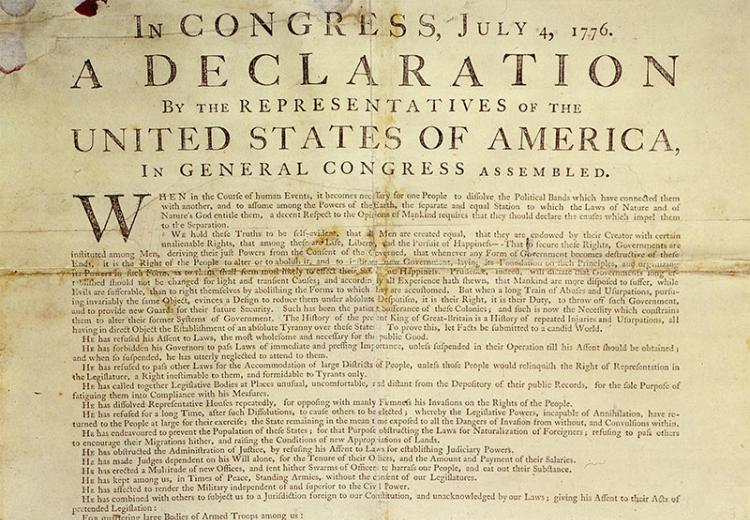Colonial Broadsides: A Student-Created Play

The first printed version of the Declaration of Independence by John Dunlap of Philadelphia.
Gutenberg printed his first in 1454. They are still printed today. They are broadsides: notices written on disposable, single sheets of paper printed on one side only, intended to have an immediate impact on readers.
Broadsides did have an impact in colonial America. They delivered the latest news and much more: government proclamations, public service announcements, opinion papers, advertisements, and entertainment updates. Broadsides address virtually every aspect of the American Revolution, providing a wide range of suitable classroom topics. In this lesson, students will use the resources of the Library of Congress's Printed Ephemera Collection to experience the news as the colonists heard it.
Note: For an introduction to and a complementary lesson on broadsides, see the EDSITEment lesson plan, Colonial Broadsides and the American Revolution.
Guiding Questions
In what ways can you connect broadsides to events leading to the American Revolution?
What attitudes and political positions are revealed in the broadsides?
Learning Objectives
List important events leading to the American Revolution in chronological order
Discuss the connections between broadsides and the American Revolution.
